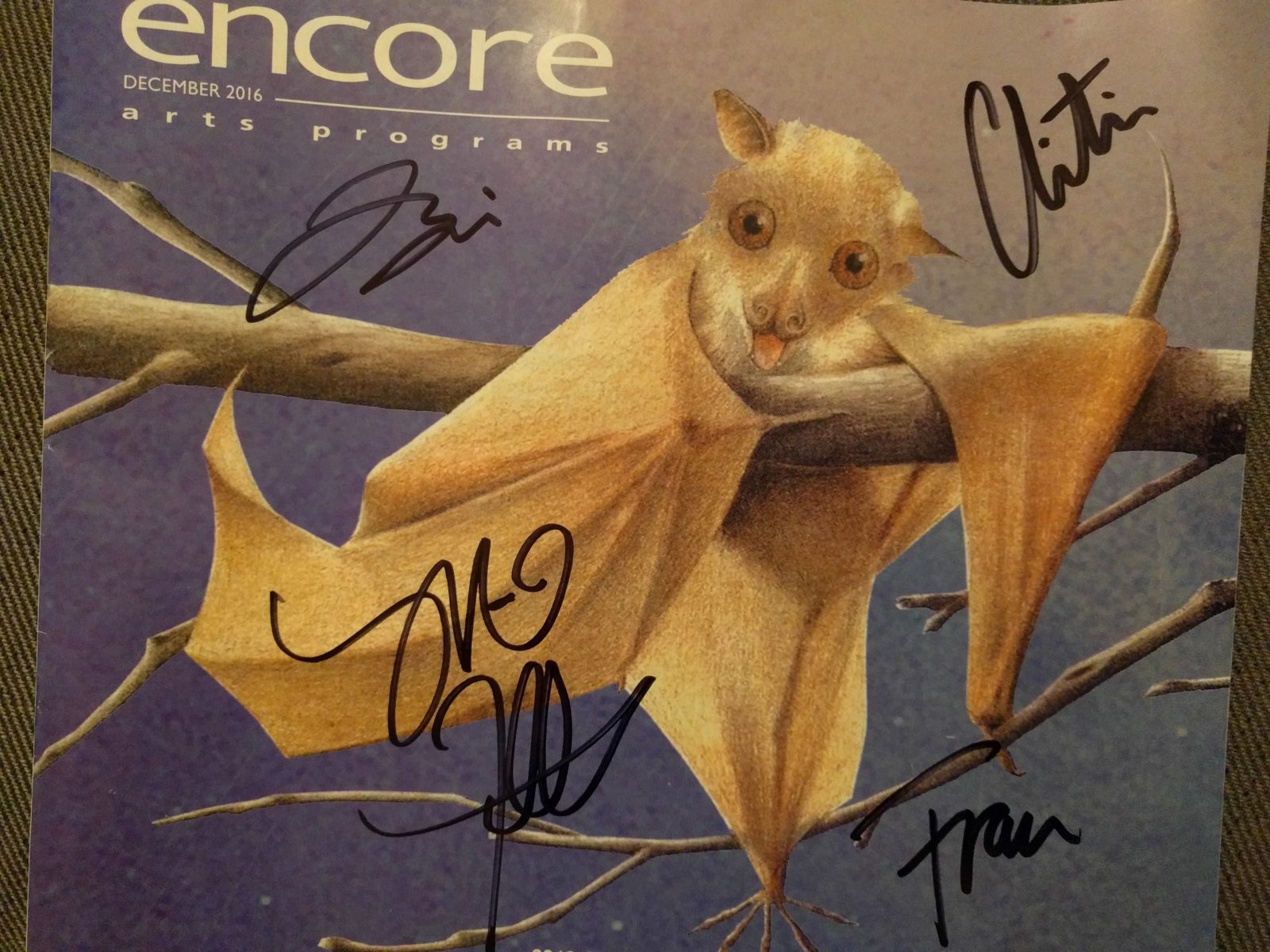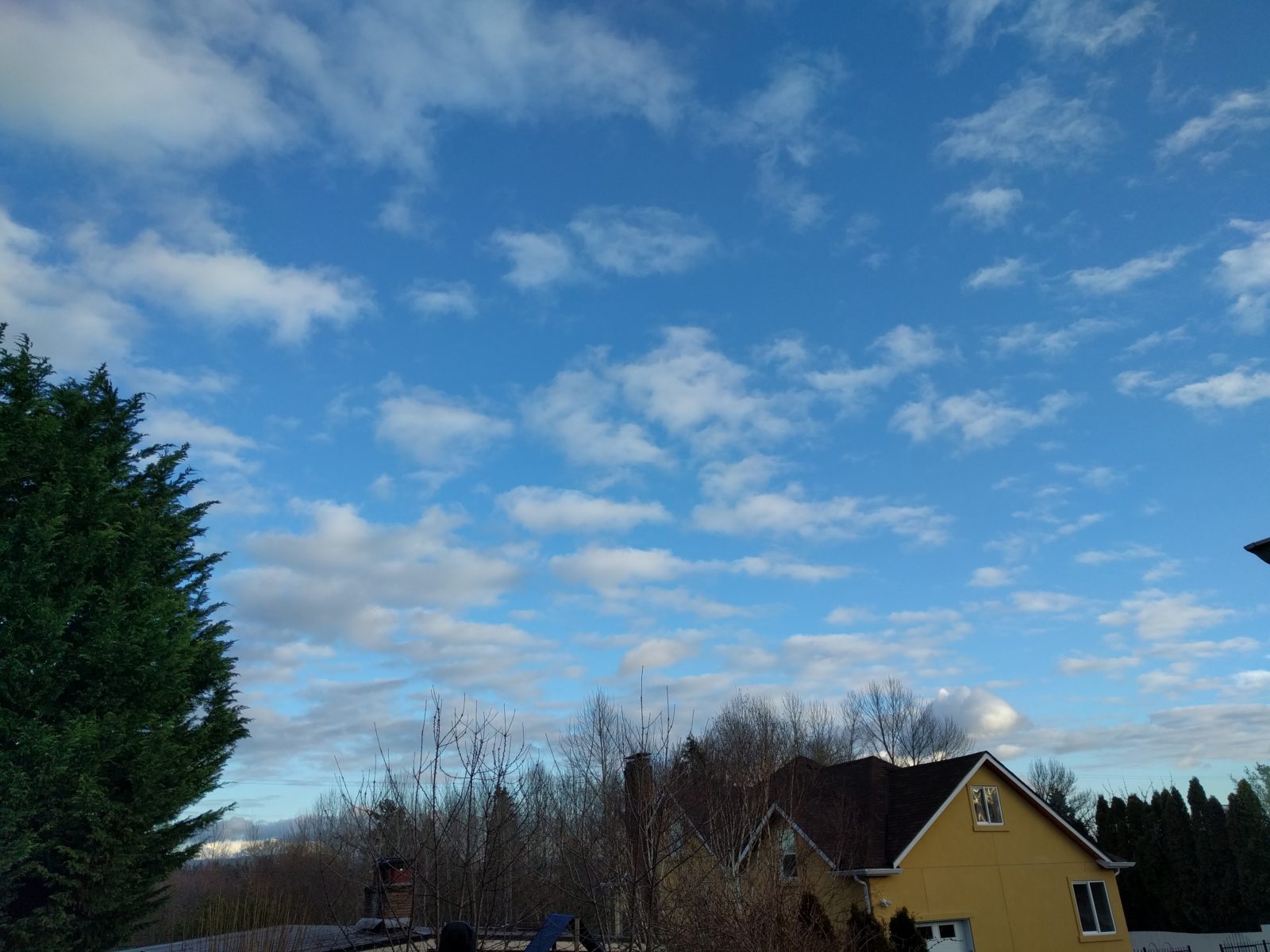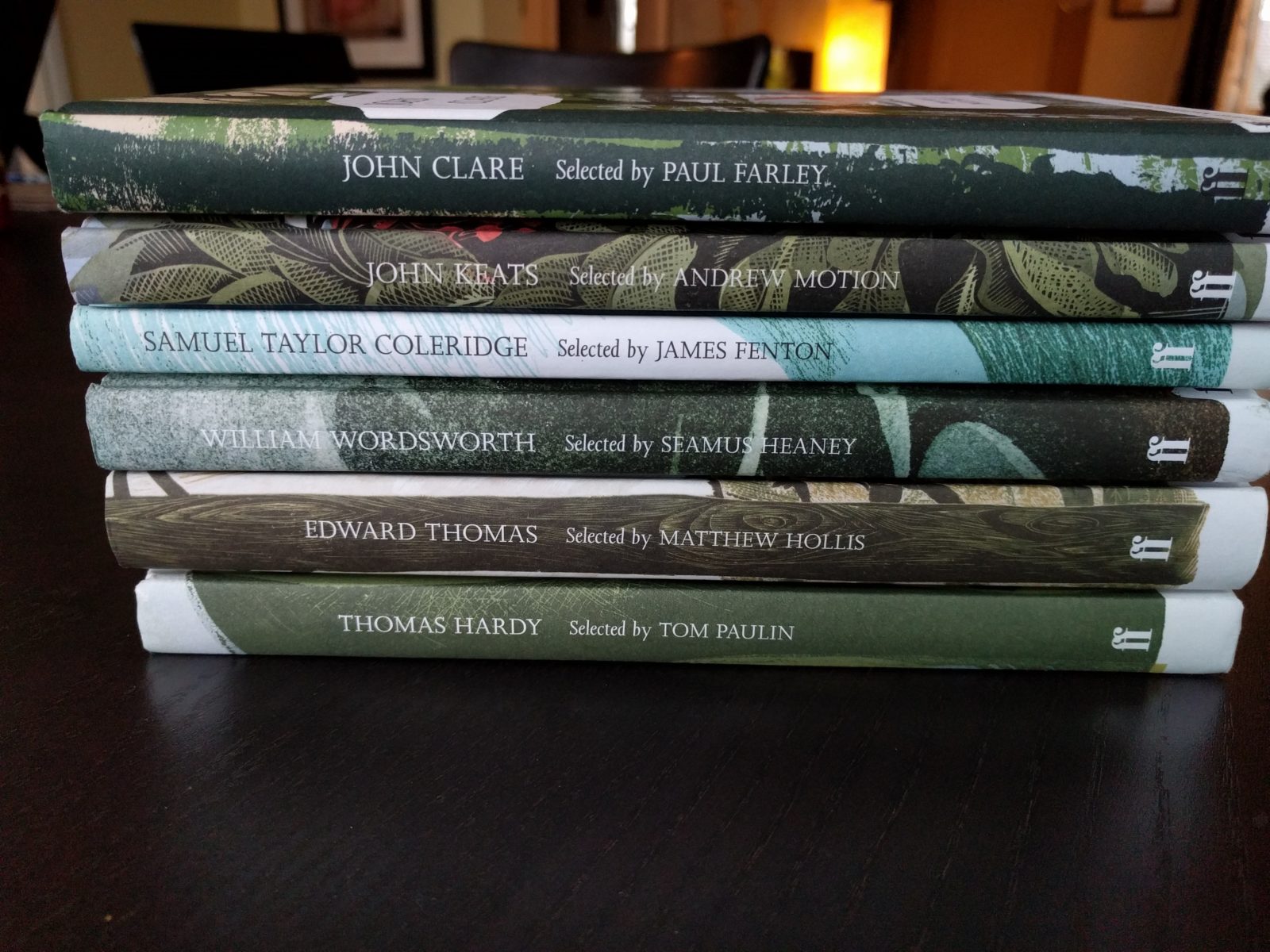In 2016 I’m doing a 365 Nature project. Learn more about the project and see all the 365 Nature posts.
There is one guaranteed place to find Anna’s Hummingbirds in the arboretum during the autumn months: the winter garden. In this garden, designed specifically for the season with winter blooming plants like witch hazel, or plants with interesting stems colors or forms, are a couple of Oregon Grape cultivars. These plants grow huge, reminiscent of prehistoric plants and animals which grew to enormous sizes compared to their modern counterparts. These two Oregon Grapes grow like trees, branching their pokey leaf covered branches out like umbrellas. At the end of these drooping branches are yellow clusters of flowers, exactly like our native Oregon Grapes.
It’s these small flowers the hummingbirds covet and the birds are always there, often several at a time. Today I walked by and found close to a half dozen of the tiny bird singing and feeding, but mostly chasing each other around this seasonal nectar source. They zipped around filling my ears with chirps and squeaks and the drumming buzz made by their wings as they flew by my head. They landed at the top of the plants and on the trunk and it was impossible to count their exact number at any given time.
Later I walked around the arboretum looking at tree trunks. This time of year they change – a surprising thought for something that appears static. The rains transform the bark, first by simply changing the colors. The dry and dusty brown-grays turn to rich chocolate and orange browns as the water creeps down the bark’s cracks and fissures. As the water arrives, it in turn changes the mosses and lichens. All summer they are dried out, turning crispy and brown, but as the rain filters down they change. The brown mosses turn green and as the tiny leaves fill with water they fill out creating a detailed texture of stars. The lichens respond similarly transforming from a stiff white to a soft green. Licorice ferns also follow suit, returning to life and draping the tree trunks in primitive green fronds.






